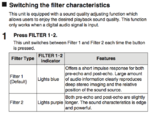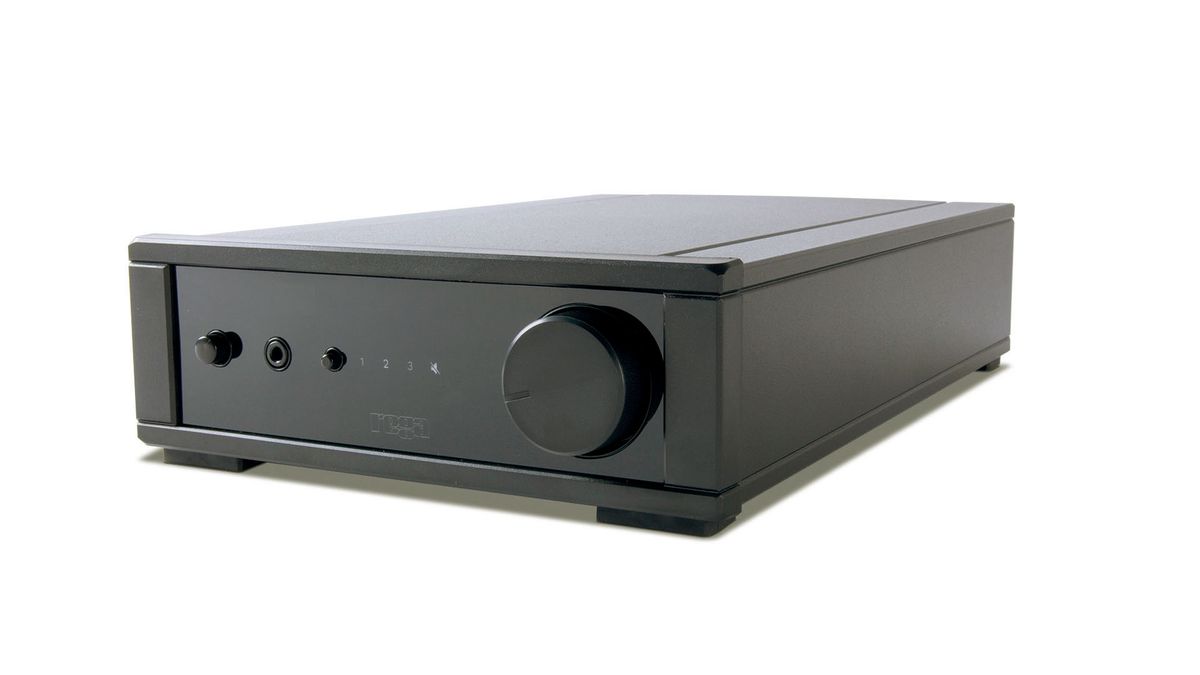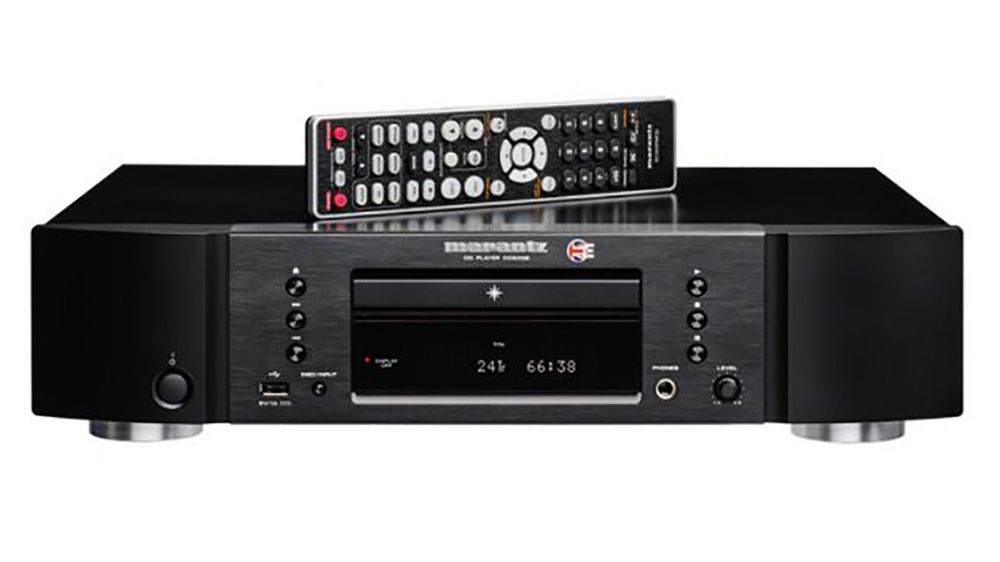matthewpiano
Well-known member
Ah, thanks, good of you to share your experience. It's pleasing to know that Rotel's specific entry-level Hi-Fi dedication to Ken's work and legacy is, simply say, worthy.
I've taken a quick look into CD6007, there happens to be this on-site review:
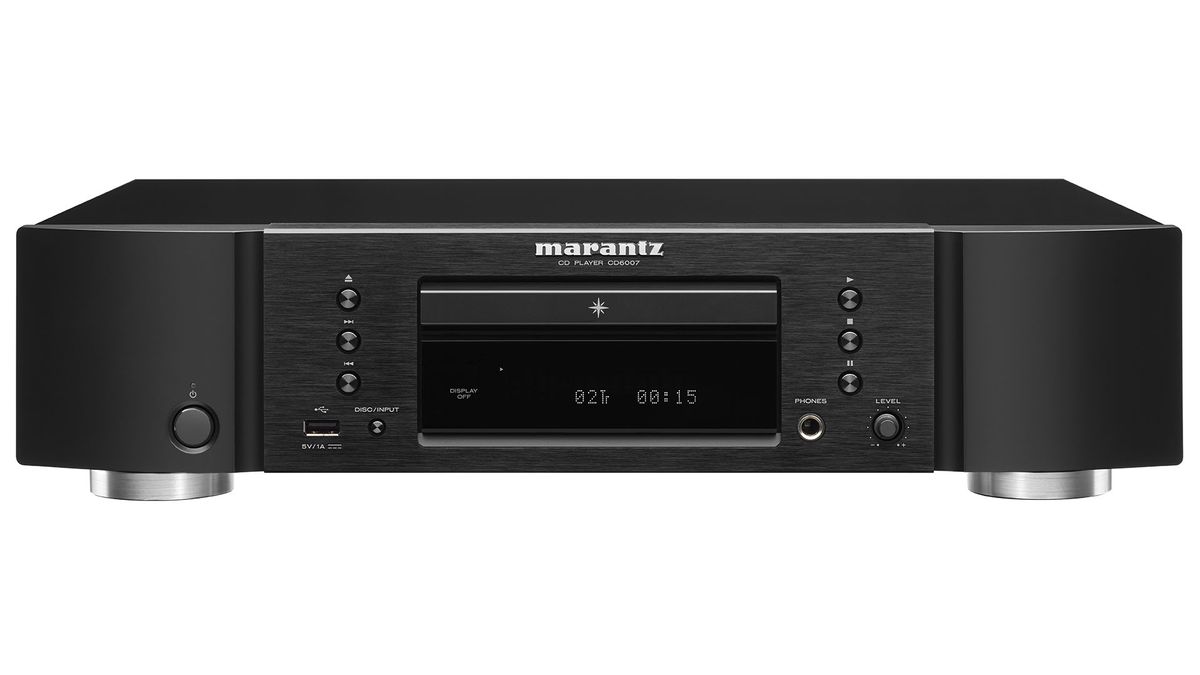
Marantz CD6007 review
What Hi-Fi? Awards 2021 winner. A small but significant improvement on its predecessorwww.whathifi.com
Firstly, its priced the same as CD11 Tribute. Secondly, I zoned-in to:
"The older [CD6006 UK Edition] player has more solidity through the midband and gives Irie’s voice a sense of body and natural warmth the CD6007 doesn’t quite match."
Let's say whoever has the sway now at Marantz to finalise-the-sound is proving to shift the emphasis away from Ken's keenness to maintain a-warmer-midband. Will this destabilising be in a good way or bad? Depends on our personal definition of success, does the product sell (brand's criterion), or does (preferably the performance rather than look of) the product move our emotions (consumer's criterion).
Are you in a position with your dealer to borrow the 2 players home for auditioning?
And for readers who haven't seen A11 Tribute:
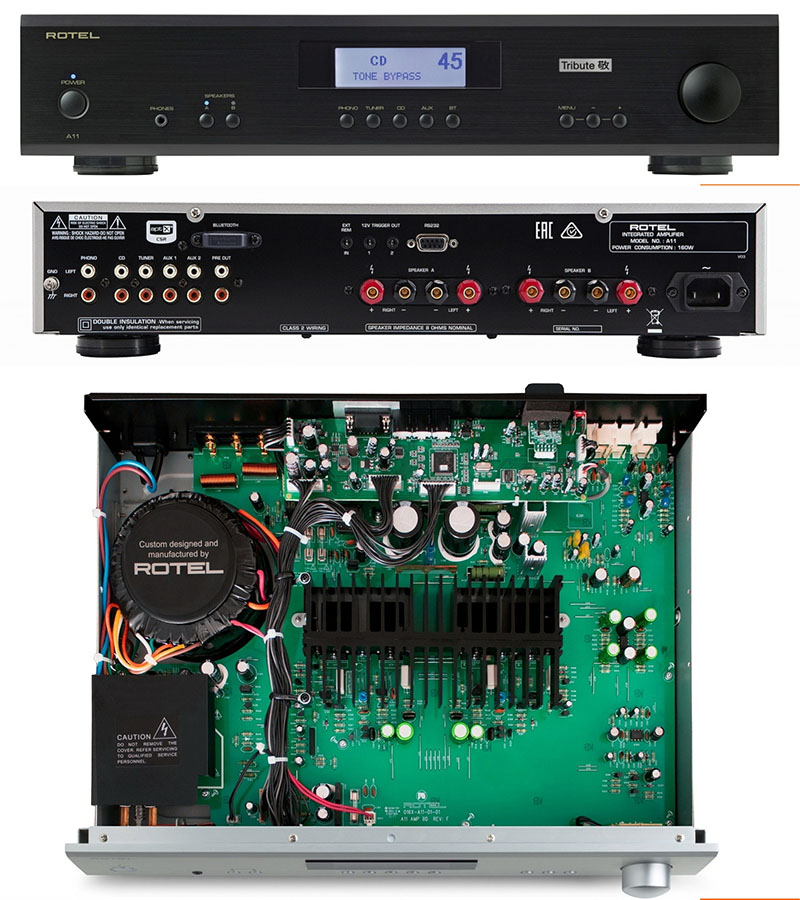
Amp has an "apt-X and AAC wireless Bluetooth" feature.
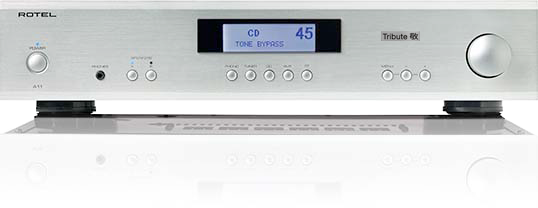
A11 Tribute
The A11 Tribute is a Class AB 50W Integrated Amplifier developed in cooperation with the audio engineering legend Ken Ishiwata as a Tribute to his legacy. Upgraded components and meticulous tuning of all critical circuits deliver a richer, expressive, and true-to-life experience from the...www.rotel.com
I ended up buying both players and I currently have both complete sets - the Rotel A11/CD11 Tribute duo, and the Marantz PM6007/CD6007. I've experimented widely with all possible combinations, and continue to do so, also trying individual components with other kit I have.
Both CD/amp combos are extremely competent in their own right, and offer good value for money at their matching price points. Marantz fans will be pleased to know that the house sound is very much in evidence - the warmth is still there combined with good levels of clarity. In many ways the CD/PM6007 are business as usual for the 600x line and capable of surprisingly captivating performance that wouldn't disgrace higher price points. They make good partners for speakers that offer clarity. I have enjoyed them with the B&W 606 and the Monitor Audio Bronze 200, but found the partnership with Wharfedale Linton 85s leaning a little towards sounding lifeless. Channel matching at low volume levels is good, noise levels from the amplifier are low, and the CD mechanism is quiet. I'd say the CD player is the champion out of the two, and it reveals even more of what it can do with the Roksan K3. Out of the two CD players I think the Marantz can withstand more downstream upgrades than the Rotel, for reasons that will be evident below.
In some respects the Rotel duo feels slightly more solid than the Marantz pairing. There's no exposed screw-heads on the side panels of CD player or amp and, of course, the trademark Marantz curved plastic front-panel ends aren't anywhere to be seen. Features are similarly matched overall. The A11 Tribute doesn't offer digital inputs like the Marantz PM6007 does, though both have aptX Bluetooth capability. The Rotels are quirkier in operation. The A11 Tribute has a display that shows active input, tone control status and volume level. As the volume is adjusted there is an audible switching sound through the speakers with each step. Volume adjustments are nicely progressive. The A11 Tribute's noise floor is noticeably higher than that of the Marantz, though only when with ears fairly close to the speaker and with no signal, and the hiss doesn't change with volume level adjustments. The CD player is a little noisier than the Marantz in its transport operations, but makes no noise that is perceptible from the listening position during playback.
The Rotel combo certainly has a more sprightly sound than the Marantz one, and if pace and timing are your thing you may well prefer the Rotels. Despite this, as a duo they never become overly bright or uncomfortable to listen to and further experimentation suggests this is down to the balance between the CD player and amplifier. Trying the CD11 Tribute with the Roksan K3 reveals an inherent brightness, exacerbated by the Roksan's infamous 'party animal' temperament. Matched with the A11 Tribute it offers a very well balanced sound, even with the brighter and more forward sounding B&W 606s. They get more life out of the Linton 85s than the Marantz combination, but the Wharfedales ultimately prove a little too exposing, showing some smearing of inner detail that they don't expose with the Marantz.
Overall, both are solid combinations in this sector of the market, and it's down to personal preference as well as speakers and music choices as to which will best suit an individual user. My choice out of the two would be the Marantz duo as the basis of an affordable system that would be more capable of luring most listeners into longer listening sessions. The 6007 components offer fine balance across a wide range of music, and the CD player in particular could prove a longer-term companion through further upgrades of amplifier and speakers.
Last edited:

